The times are changing and education needs to change with it. Nowadays, robotics is taking over much of the automated industry, and hence it is getting more and more important to make it a part of the regular education. With that thought in mind, the Niti Aayog has started a drive to implement Atal Tinkering Labs all around the country.
In this article, let’s understand the ATL and Robotics Lab equipment requirements.
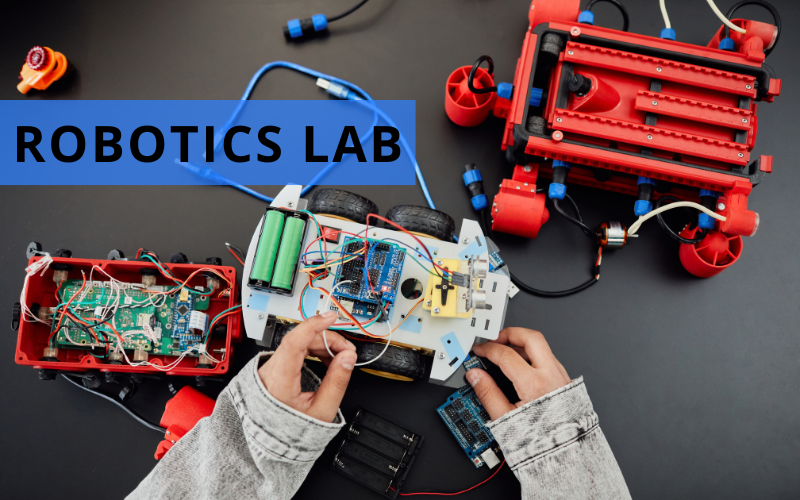
What is ATL (Atal Tinkering Lab)
The full form of ATL is Atal Tinkering Lab, which is a part of the Atal Innovation Mission by the Niti Aayog. Each ATL is basically a workspace where our youngsters can learn science and technology in a modernistic hands-on approach with robotics lab equipment. The idea behind this is to induce scientific, logical, design and execution oriented thinking in children that promotes a self-reliant approach.
ATL tinkering labs teach young students innovation and technology through do-it-yourself kits and similar ATL lab equipment. Here, children get to learn concepts of STEM (Science, Technology, Engineering, Math) using various tools and equipment that results in things that actually do something meaningful and useful on some level.
The primary goal of ATL is to build machines that use scientific concepts through DIY kits and other equipment on electronics, robotics, microcontrollers, sensors, 3D printers, computers, etc. ATL Lab instructors should encourage students to build on their own while providing basic working principles and other needful support. Students should try their best to come up with ideas of machines that accomplish some goal.
What Should an ATL and Robotics Lab Contain
- DIY kits to practically implement scientific concepts
- Equipment to implement STEM concepts
- Spare parts for all products
- Space and lab furniture good enough for full class to work in
- Instruction manuals for all parts
- Video tutorials that clearly explain making robots using basic parts
- Large number of accessories enough to implement practically anything the students can come up with
- Meeting rooms and video conferencing facility
How do students benefit from ATL
- Atal tinkering labs inculcate curiosity, creativity, and imagination in young minds.
- They bring advanced, era-specific technology to students who often do not have access to such resources.
- Builds up new age skills such as computational thinking, design mindset, physical computing, adaptive learning, etc.
- Promotes active learning while building self-confidence.
- ATLs are great for developing the students’ analytical and logical thinking abilities. They are encouraged to research on their own, and rely on their problem-solving skills.
- Children get to see and learn about the what, how, and whys of STEM through easy kits.
- ATL labs present device programming in an easy-to-understand manner that rewards critical thinking and gives practical results to the students’ work.
How do schools benefit from ATL
- Foremost, schools get the chance to implement teaching of advanced and up-to-date concepts in science like Robotics, IoT, AI, Drones, Space science etc.
- Any school run by government, private trusts, or local bodies teaching classes 6th to 10th standard is eligible to add an ATL to their facilities.
- Schools get to compete in robotics lab related national and state level competitions, workshops, seminars about problem solving workshops, exhibitions, design and fabrication of products, etc.
- The school doesn’t have to pay for Atal labs. The Atal Innovation Mission (AIM) pays for the ATLs for schools. Each school undertaking an Atal tinkering lab will receive 10 lacs for setting up the lab and 10 lacs for the running costs of the lab up to 5 years after setting it up.
ATL and Robotics Lab Equipment List
Any and all schools implementing an ATL lab will need to purchase items as per the AIM provided guidelines. Here is a basic list of items you will need to get to run an Atal tinkering lab.
The equipment list for ATL is divided into four parts, part 1 to 4. Here are their descriptions.
- Part 1: Electronics Development, Robotics, Internet of Things, Sensors
- Microcontroller kits ‒ Arduino Uno, Nano, Mega, Raspberry Pi
- Breadboards, circuit boards, and their accessories
- LED, diodes, transistors, switches, resistors, and capacitors pack
- Cables, batteries, connectors, wires, etc.
- Various sensor, connection and display modules like LED matrix, bluetooth, GPS, IR, touch sensor, etc.
- Driving modules like motors, microphone, sound playback, LDR, IR transmitter, etc.
- STEM kits like drone, aerospace, automobile, biomedical, water/sanitation, agri-tech, etc.
- Part 2: Rapid Prototyping Tools
- 3D printer and its accessories
- Art and craft stationeries
- Part 3: Mechanical, Electrical, and Measuring Tools
- Various mechanical work tools like screwdriver set, hammer, pliers, hacksaw, spanner, vice, wrench, etc.
- Drill machine set and workstation
- Soldering kit and accessories
- Hot glue gun and glue sticks
- Power adapters
- Measuring tools like scale, tape, digital vernier calipers, multimeters, etc.
- Microscope, telescope, and sewing kit
- Part 4: Power, Accessories, Safety
- Power and electrical tools and accessories like wires, nuts and bolts and screws, bulb holders, etc. and USB to DC jack cable
- Safety equipment like fire extinguisher, first aid kit, safety goggles, etc. Learn more about lab safety equipment here .
For a detailed list of Atal Tinkering Lab equipment, please refer to the AIM website.
How to apply for an Atal Tinkering Lab
Technically speaking, any school teaching classes VI to X can apply for an ATL lab. But that doesn’t mean they will get one. To apply for an ATL lab, the school will need to fill out an online application form and submit it online, at the AIM (Atal Innovation Mission) web portal.
In the next step, AIM tests the school body and infrastructure mercilessly for a screening. It is a rigorous challenge-based selection process that is frankly tough to go through. If your school manages to pass the test, that’s not enough. After you get notified of selection, you will need to submit all required documentation and complete PFMS (Public Finance Management System) compliance procedure.
Once these are done, the school can now get the government grant of 20 lakh rupees to establish an Atl tinkering lab inside their premises. The grant is split into two equal parts ‒ the first half is meant to pay for the establishment of the lab, and the second half would go towards the recurring maintenance costs of the labs.
To establish an ATL in your school, you will need to execute the following internally:
- Plan for the ATL: planning is important in any official process and something of this magnitude is doubly so. Sit with your school leaders and develop separate, detailed executive plans for the workspace development, human resource distribution, materials, and timeline.
- Create an Organizational Structure: it goes without saying that the lab itself should be headed and run by a tightly defined group of able personnel. But beyond that, you should establish an ATL Advisory Committee (AAC) that will make sure that the Atal lab is running smoothly and as per AIM guidelines. This group should include elements from all levels of stakeholders of the lab.
- Allocate human resources for the lab: Not all teachers and lab instructors are worthy of an ATL and school leaders should remember that vividly. Do make sure you hire teaching personnel for the lab who are skilled at innovation and stay up-to-date and are experienced thoroughly with getting their hands dirty.
- Set up the workspace: the workspace must follow the AIM guidelines strictly and as such each lab should be at least 1500 square feet in size. It should have a conference room, and enough lab furniture and seating and storage for 30 students.
- Procure equipment: How can a lab run without lab equipment? Follow the above list and get everything from there. Avoid cheap vendors and don’t skimp on the safety equipment. After procurement, make sure all the equipment are properly labeled and stored in respective cabinets.
After you set up the ATL lab, use the help of the AAC to run it fluidly and properly.
In Conclusion
ATL labs, or Atal Tinkering Labs aim to provide a secure workspace for youngsters across the country where they can learn technological skills and create various machines and devices of their own ideas using a flexible and adaptive environment.
To grow as a knowledge economy, India must upgrade its youth to 21st Century skills of design-oriented thinking, problem solving, critical analysis, and innovative creativity. The vision of AIM, creators of ATLs, is to “Cultivate one Million children in India as Neoteric Innovators” and Labkafe stands firm behind the idea.
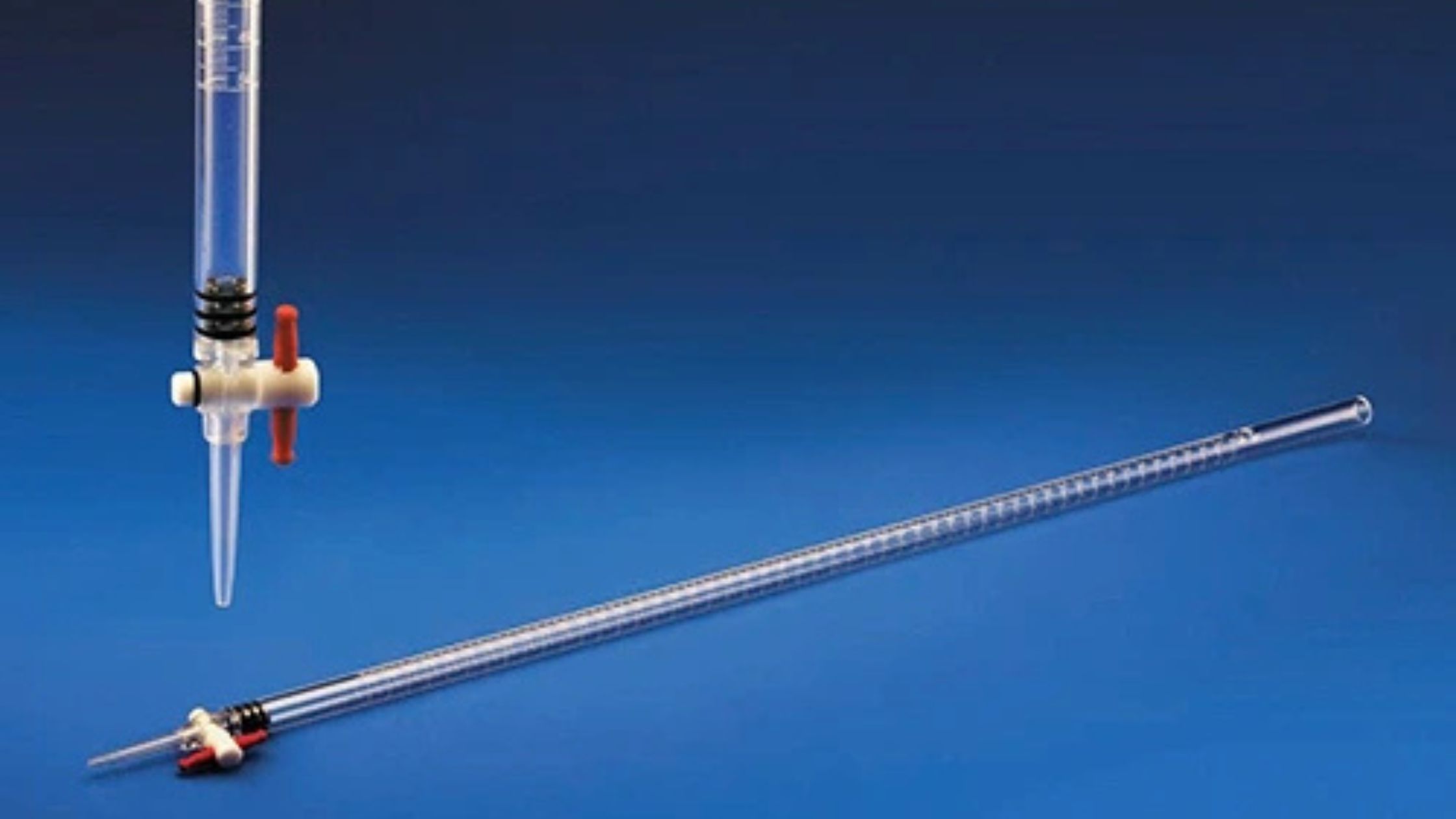
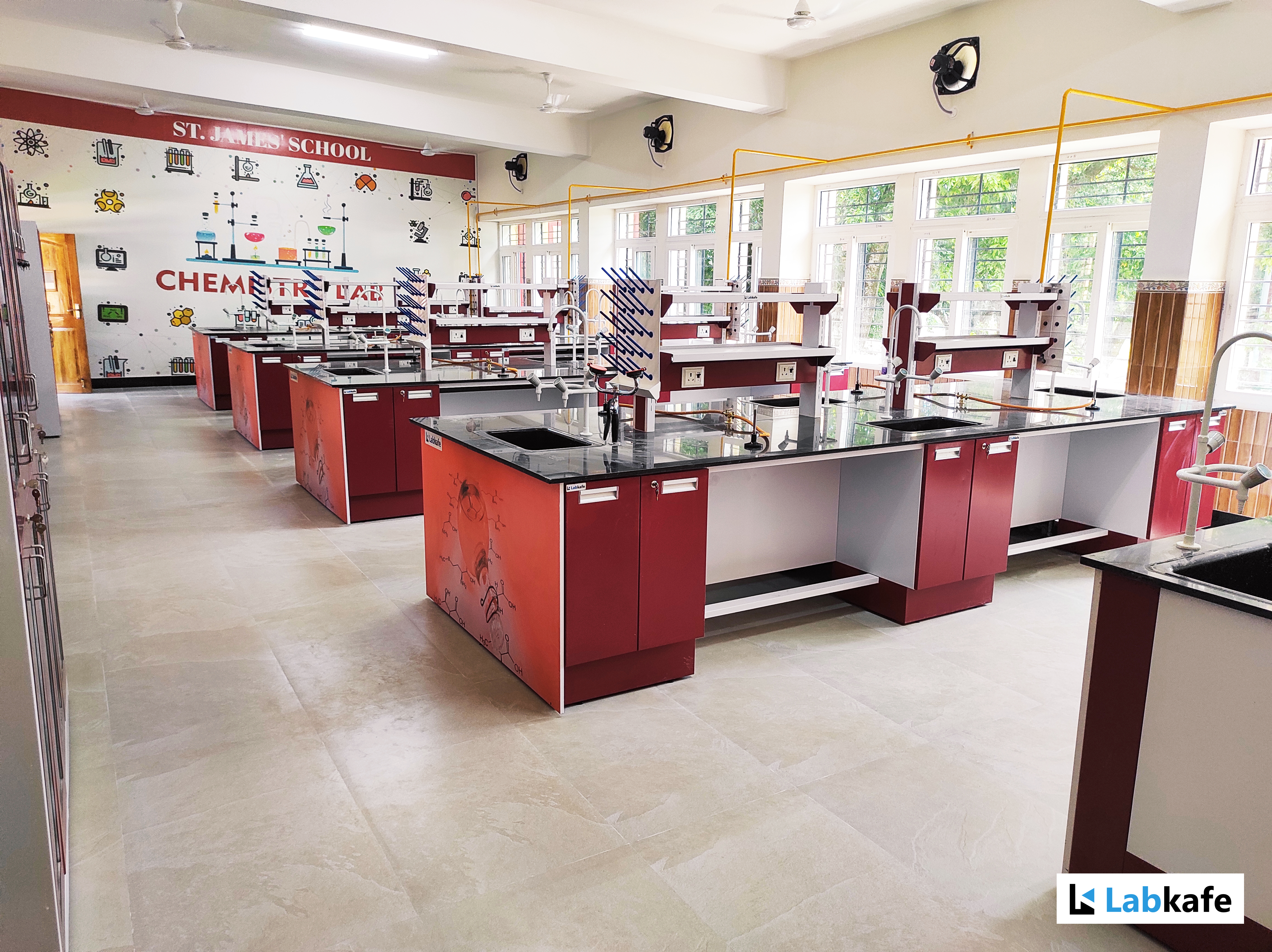




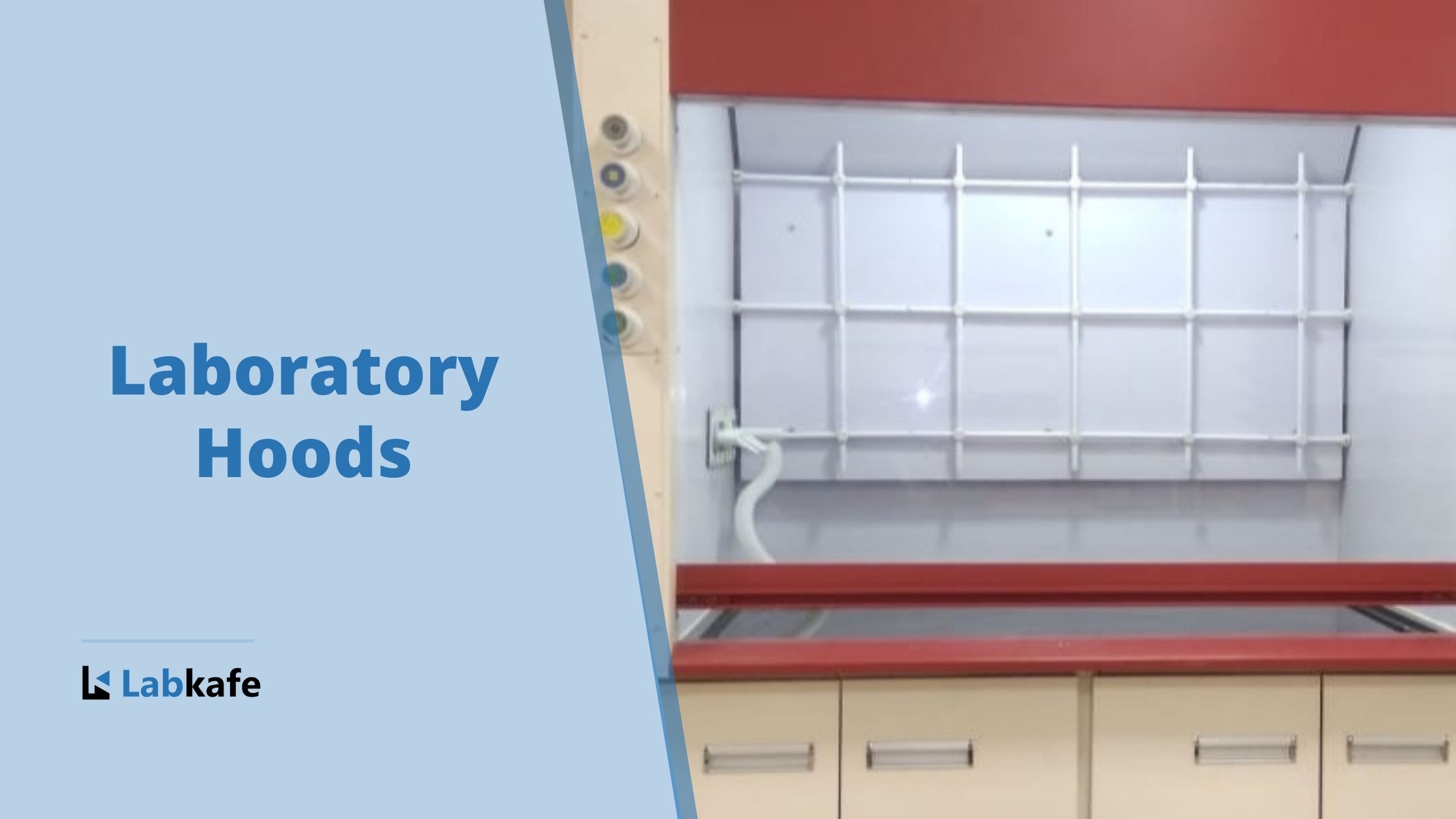

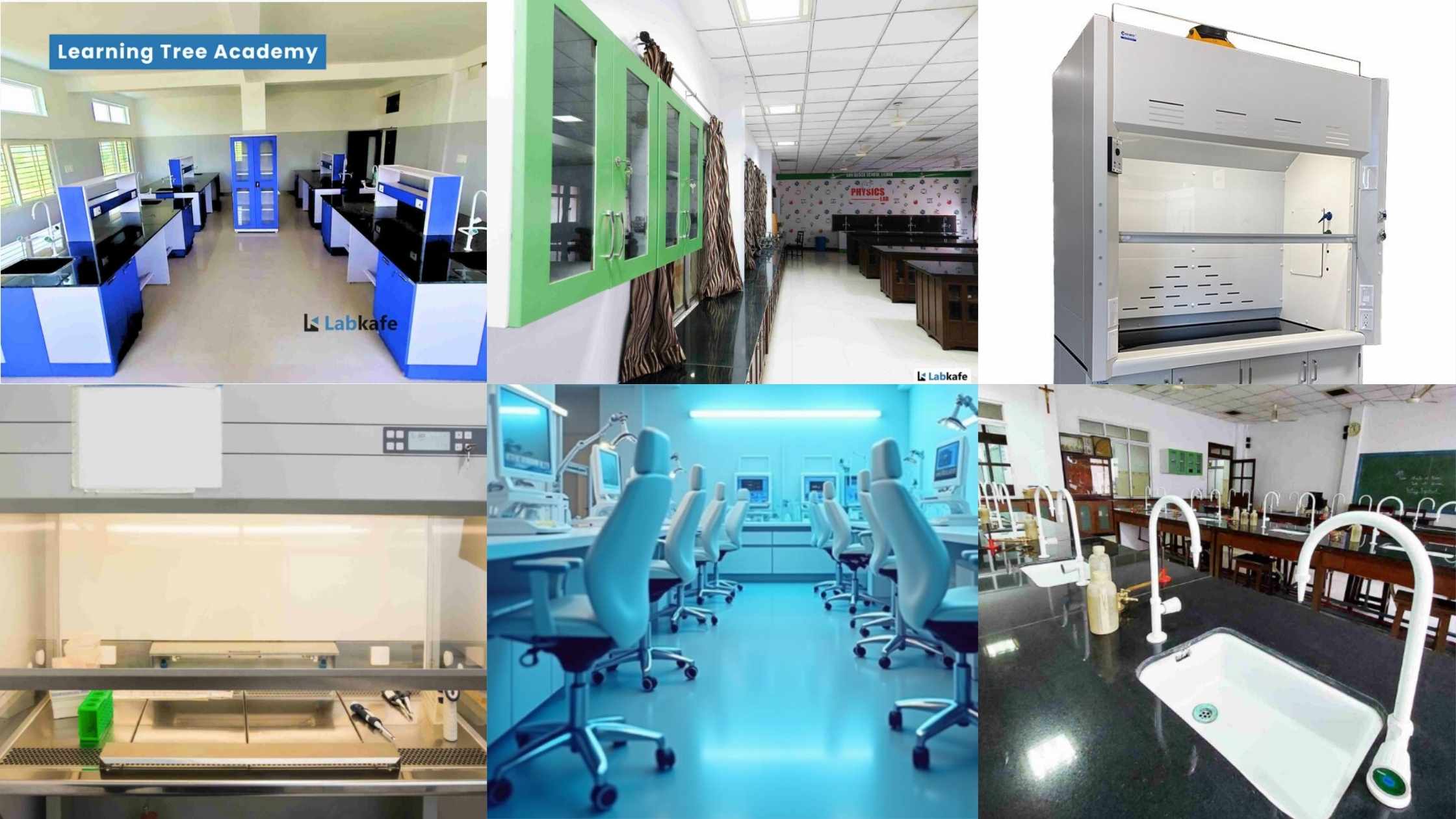
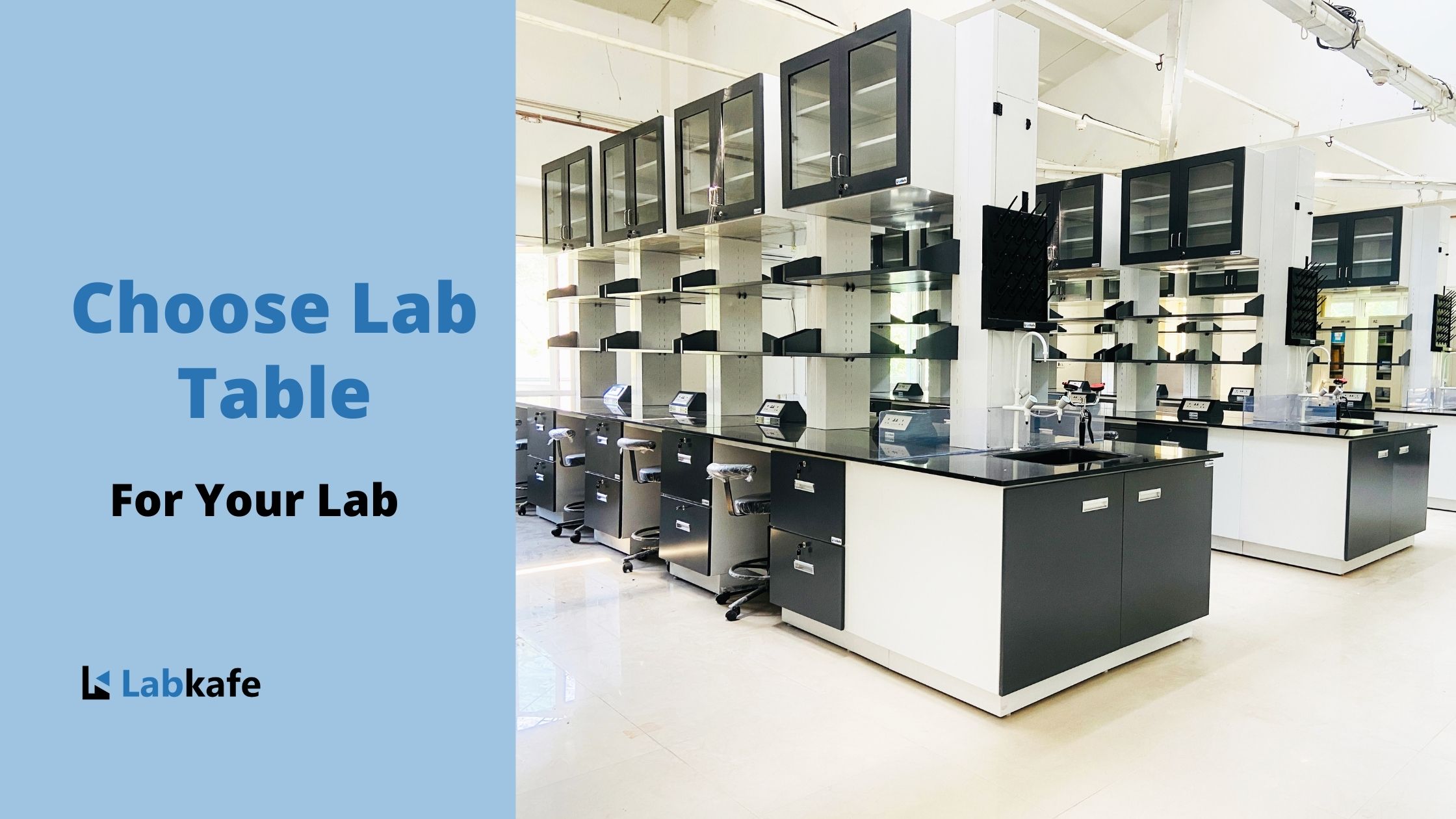
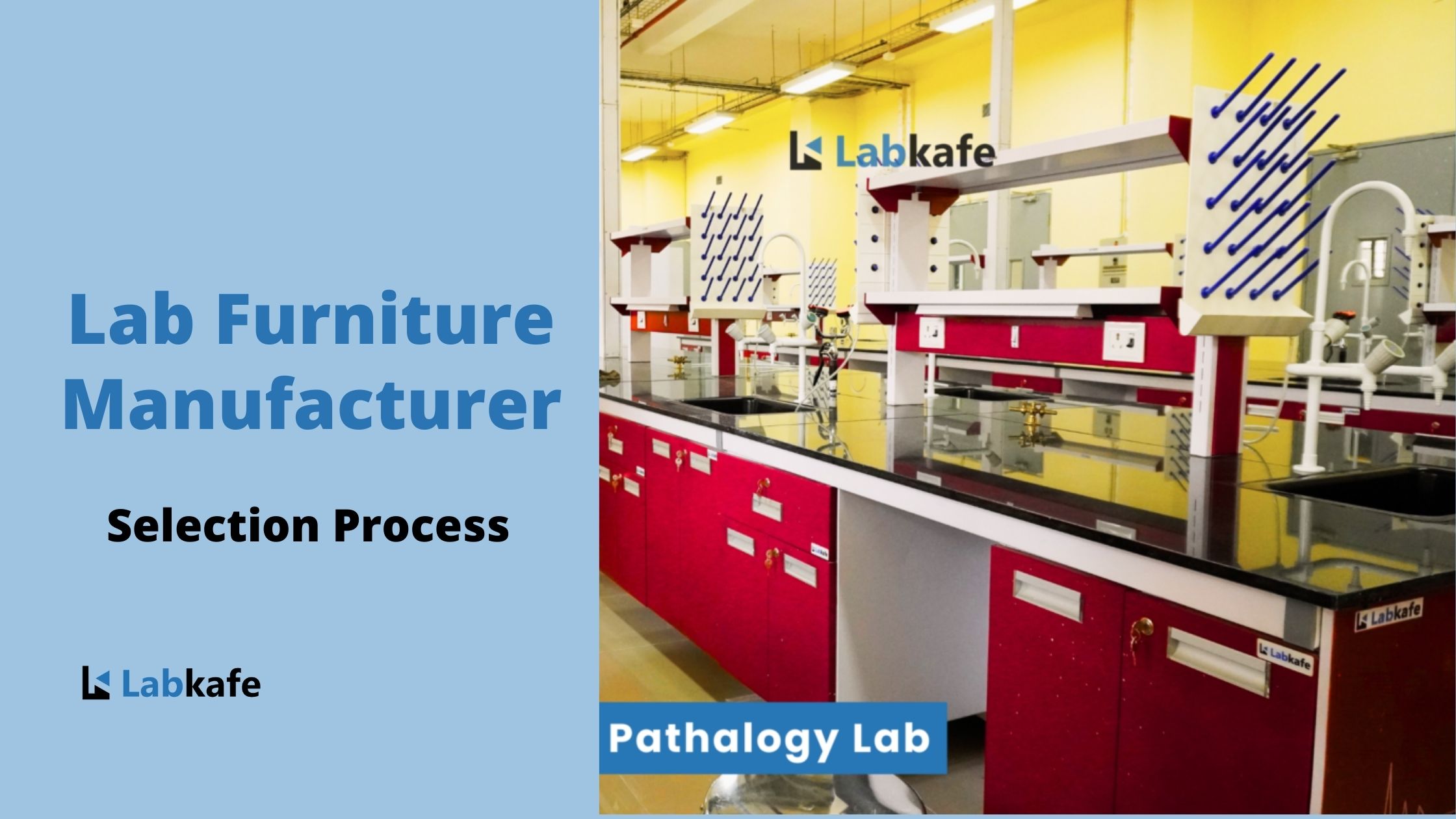
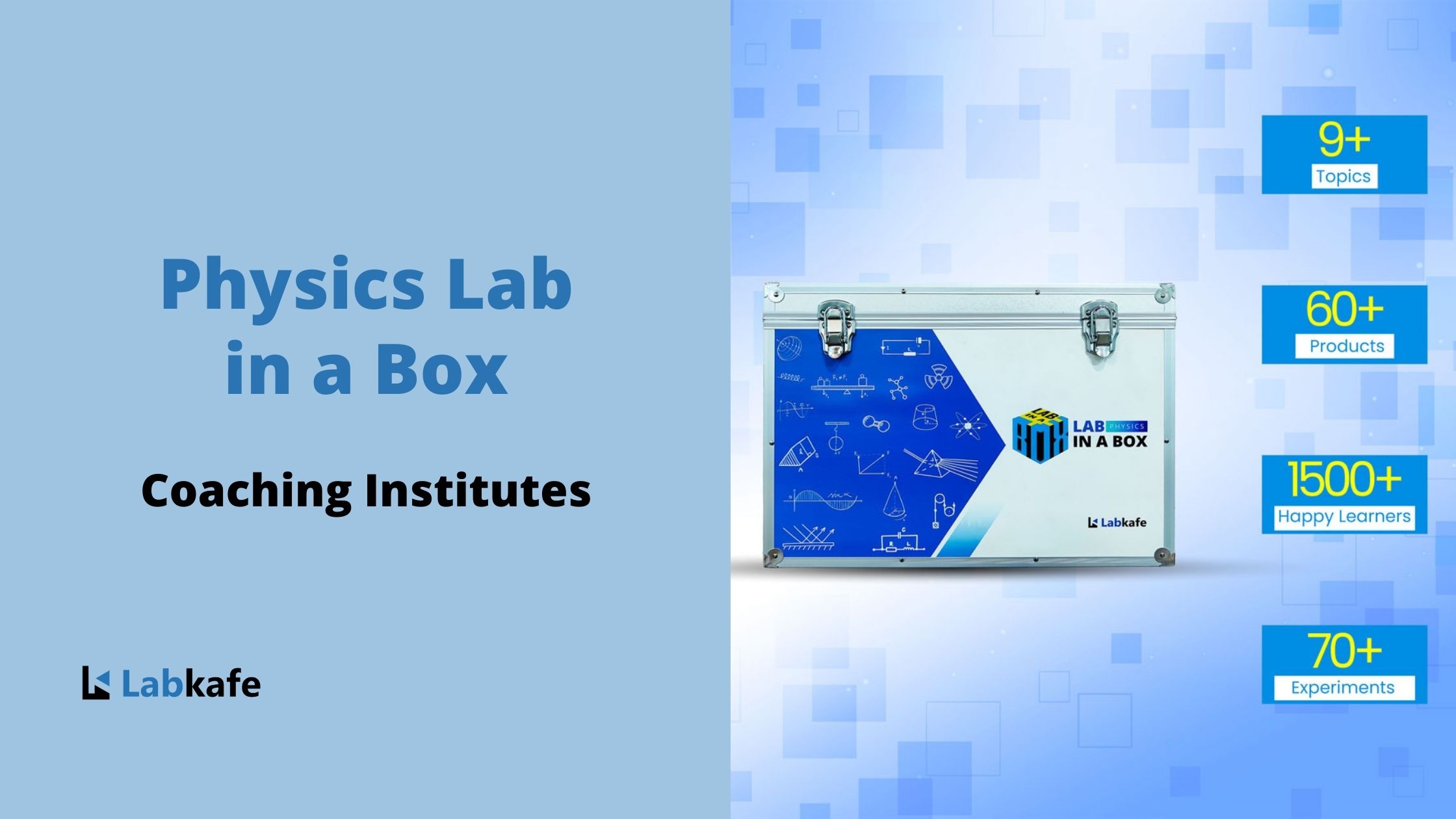
Leave a Reply